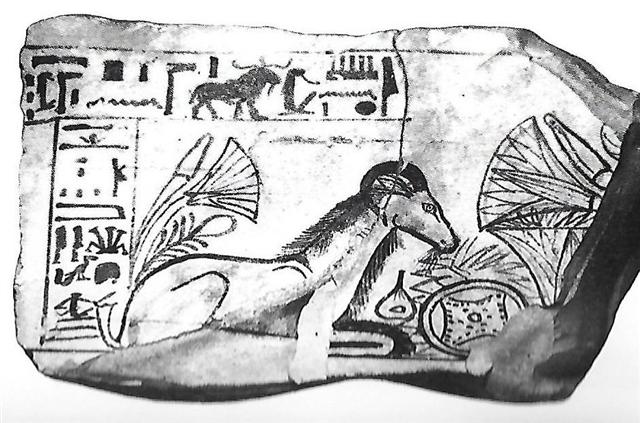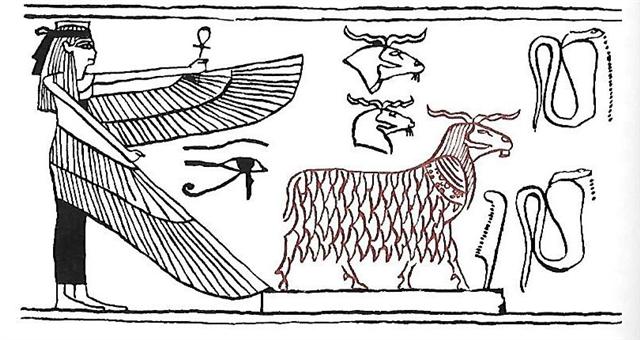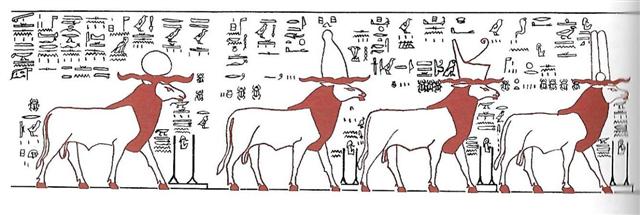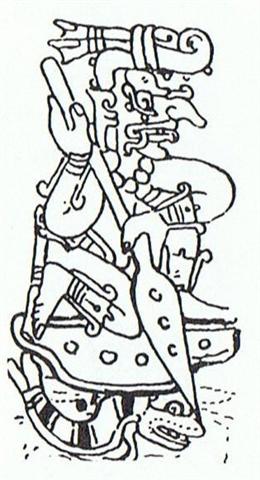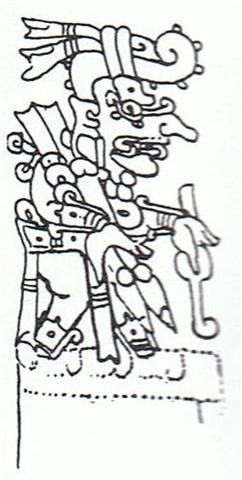Allen: "From about the year 1730 before our era he [Aries] was the Princeps signorum coelestium, Princeps zodiaci, and the Ductor exercitus zodiaci, continuing through Hipparchos' time ... But about A.D. 420 his office was transferred to Pisces."
Hipu in Gb4-17 could allude to FEBRUARY 21 (417). Or to FEBRUARY 17, which should be the corresponding day in the Gregorian calendar had it been in used at that ancient time, in rongorongo times lagging behind the star calendar with 4 days. 5 days after heliacal Alrisha and at the magnificent manu rere was FEBRUARY 19 (50), with 300 days remaining of a regular year measuring 7 * 50 = 350 days.
Counting precession from 1730 B.C. to my assumed rongorongo year 1842 A.D. the result will be (1730 + 1843) / 71 = ca 50 days. ... I have counted with 1870 A.D. as the upper limit for when the rongorongo texts were composed and at that time Sirrah would have risen with the Sun in March 21. The Mamari ('Egg') tablet is well preserved and should not be much older than 1870. A.D. 1870 - 27 * 71 = 47 B.C. would accordingly have been the approximate year when Sheratan and Mesarthim together were rising with the Sun at the northern spring equinox. However, above in my presentation I have noted the year as 48 B.C. because our calendar makers once decided there should be no year zero (0 A.D. or 0 B.C.). Which is reasonable because a birth does not stretch for a whole year, normally it takes less than a day. Should we reduce my right ascension data with 0.4 this would correspond to a shift of my assumed time for the rongorongo texts from around 1870 A.D. to around 1870 - 0.4 * 71 = ca 1842 A.D. And then we would not have ca 48 B.C. for Sheratan and Mesarthim at March 21 but instead = ca 76 B.C. (76 - 48 = 28 = ca 0.4 * 71.) In 1730 B.C. the Sun would have been at Hamal around day 30 - 50 = 20 before 0h. March 21 (0h) - 20 = March 1 (60). The Front of the Head of Ku would have risen with the Sun 4 days earlier, in day 56 (February 25). When Aries became the Leader in the zodiac he rose with the Sun earlier in spring than at equinox, 11 days after Anunitum (τ Pisces). Anunitum was at 2-14 (the day of Hearts, 45) and 45 + 11 = 56. Allen again: "Many think that our figure [Aries] was designed to represent the Egyptian King of Gods shown at Thebes with ram's horns, or veiled, and crowned with feathers, and variously known as Amon, Ammon, Hammon, Amen, or Amun, and worshiped with great ceremony at his temple in the oasis Ammonium ..."
However, Wilkinson explains there were two kinds of wether in ancient Egypt. One of them (above) was Ovis platyra, with curved horns and usually depicted as reclining:
Ovis platyra was Allen's Amon wether. It was the modern type of sheep. However, early there was another species, Ovis longipes, the first kind of sheep domesticated in Egypt. It had a more powerful body with a thick fur and wavy horizontally oriented horns:
Not surprisingly this kind of sheep was associated with the 'nighttime' voyage through the Underworld:
Wilkinson begins his description of the Egyptian Ram pictures by pointing out that these sheep were lead by a wether when they were used for pushing down seeds into the mud after the yearly inundation of the Nile.
|
||||||||||||||||||||||||||||||||||||||||||||||||||||||||||||||||||||||||||||||||||||||||||||||||||||||||||||||||||||||||||||||||||||||||||||||||||||||||||||||||||||||||||||||||||||||||||||||||||||||||||||||||||||||||||||||||||||||||||||||||||||||



